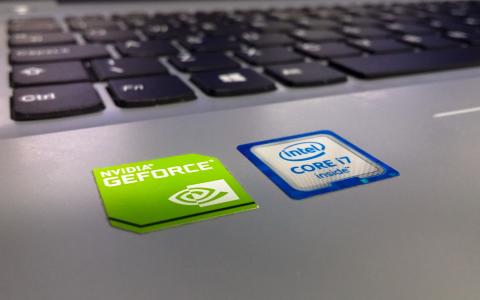
Could Nvidia be mirroring the trajectory of Cisco from the late 1990s? This is a question Ed Yardeni is contemplating.
The question arises in the context of the current bull market, which may have entered its melt up phase since October 12, 2022. This phase seemingly began following the market correction low on October 27, 2023.
Recent trends indicate that investors are shifting their focus away from concerns such as a potential recession, high interest rates, persistent inflation, and the federal government's deficit. Instead, their optimism is growing due to the expectation of interest rate cuts by the U.S. Federal Reserve this year, in response to diminishing inflation. Additionally, the excitement around the impact of artificial intelligence (AI) on technology companies' earnings is palpable.
This enthusiasm for AI was notably sparked by the launch of OpenAI's ChatGPT on November 30, 2022. Since then, Nvidia, a leading manufacturer of AI chips, has seen its stock (NVDA) soar by over 250%, leading the S&P 500 Semiconductor stock price index to a remarkable 108% gain.
Nvidia's stock performance brings to mind Cisco Systems' (CSCO) dramatic rise during the tech bubble of the late 1990s. Cisco, essential to the expansion of the internet, saw its stock increase eightfold from the end of 1997 to March 2000. However, despite the rapid growth of the internet, its stock eventually plummeted.
Considering Nvidia's current trajectory, it's plausible to draw parallels with Cisco's historical performance. If this comparison holds, Nvidia may still have significant growth potential before any potential downturn.
Fed Chair Jerome Powell, having studied past Fed chairs, particularly Paul Volcker, might succeed in reducing inflation without triggering a recession. The financial markets anticipate a reduction in interest rates this year, as Powell nears the completion of his mission to control inflation. Powell and other Fed officials have hinted at the possibility of reducing the federal funds rate to prevent the real federal funds rate from increasing as inflation continues to decrease.
This approach, however, runs the risk of igniting "irrational exuberance," a term famously coined by former Fed Chair Alan Greenspan in his December 5, 1996 speech. Greenspan pondered the challenge of determining when asset values have escalated excessively and the implications for monetary policy. His term resonated with investors and became synonymous with speculative bubbles that can burst with minimal provocation.
Recent reports indicate that money market mutual funds (MMMFs) have amassed a record $6.0 trillion in assets. If the Fed decides to lower interest rates, a significant portion of this capital could flow into the bond and stock markets, potentially causing significant surges in both, particularly in stocks.
History has shown that recessions can result from the collapse of speculative bubbles. If Powell and his colleagues prematurely celebrate their success in curbing price inflation without causing a recession and proceed to lower interest rates, they might inadvertently inflate an asset bubble. The bursting of such a bubble would likely lead to a recession.
The Fed's previous significant error was underestimating inflation in 2021 and early 2022. Its next potential misstep could be the creation of a speculative stock market bubble. Powell is likely aware of this risk and should therefore communicate a cautious approach to lowering interest rates.
Instead of a rerun of the inflation-heavy 1970s or the productivity-driven boom of the 1920s, the current decade may well resemble the technology-driven stock market surge of the 1990s. In the words of the artist Prince, it seems we might be gearing up to "party like it's 1999."



